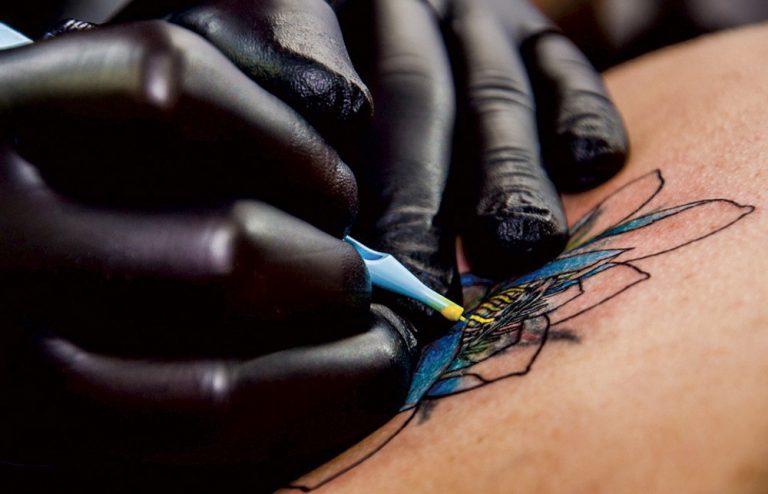
Rebecca Lauffenburger
Staff Writer
The statistic that one in four women and one in seven men will experience some form of domestic violence by an intimate partner in their lifetime may seem shocking, possibly inconceivable, to some. But the reality of domestic abuse is very real for an estimated 38,028,000 women in the United States.
These numbers raise disturbing questions: how can an epidemic such as domestic violence continue to destroy so many lives, and yet go seemingly undiscussed? How is it that American culture not only allows this gross, systematic brutality to occur, but also breeds a culture of silence surrounding violence against women?
October is Domestic Violence Awareness Month, and as part of an effort to bring visibility to and open a dialogue about domestic violence, the University of California, Santa Barbara’s Women, Gender, & Sexual Equity Department, and Campus Advocacy Resources & Education have partnered to host “The Power to Heal,” an art exhibition which explores tattoo art as a medium for healing.
The exhibit, which is being held in the Women’s Center Conference Room, features the work of Flavia Carvalho, a Brazilian tattoo artist who began giving free tattoos to victims of domestic violence as part of her project “A Pele da Flor” (The Skin of the Flower). The project aims to bring hope and healing to countless women by allowing them the opportunity to replace painful physical reminders of the abuse they have suffered with beautifully intricate works of art.
Heart-wrenching photographs of scars accompanied by a short description of the incidents that caused them line the walls. Among them are stitches left behind after an argument turned violent, stab wounds left after a woman rejected a man’s advances at a nightclub, and bruises and scars left after attempted homicide.
Each photograph represents an individual’s deeply personal story, but these stories are by no means singular or anomalous. Side by side, they hang as testaments to a larger issue plaguing society: violence against women.
Though there is a tremendous heaviness in the images, there is also an incredible strength. Carvalho’s words, hanging next to finished pieces on the wall, read, “They come to the studio, share their stories of pain and resilience, and they show me their scars. Embarrassed, they cry, and hug me. Then we design the tattoo and we schedule the session. They become excited, optimistic. It is wonderful to see how their relationship with their bodies changes after they get the tattoos.”
It is not just shame or repulsion that compels these women to cover up their scars, but also a desire to reclaim ownership of oneself in body and spirit. The act in itself is a declaration of autonomy. In contrast to scars and bruises inflicted by others, being able to choose what goes on their body is a monumental step towards self-love for many survivors.
It is evident through her work that Carvalho puts careful thought into each piece, using colors and designs that do more than merely try to disguise scars. The position, length, and extent of each mark is taken into account, resulting in cover-ups that are as creative as they are stunningly beautiful. And although nothing can fully erase scars or the memory of them, Carvalho’s work shows the power and healing that comes with transforming pain into something beautiful.
The exhibit also features the stories of survivors who have chosen to take a stand by getting small infinity loop tattoos intertwined with the letters “bts”, which stands for “break the silence.” The tattoo is both a daily reminder of their resilience in overcoming the trauma of abuse, and a show of solidarity with Break the Silence, a nonprofit organization campaigning to end domestic violence. Though the design itself is minimal, its impact on women’s attitudes about themselves and their past is tremendous.
The movement has fostered a supportive community of survivors dedicated to opening up dialogue about domestic abuse and its impact on the lives of its victims and their communities. As a society, we still have a long ways to go down the road to ending domestic abuse. Confrontations through art and stories, no matter how uncomfortable they are, are the first step to breaking the chains of silence and taking a collective stand against the horrors of domestic abuse.










